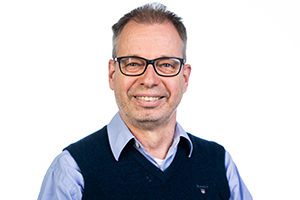Lund University
Development of Earth-abundant photochemical CO2 reduction systems for the large-scale production of fuels
Academic project
PhD
Open
Reseach question
World energy consumption is expected to double or even triple by the year 2050. Today, approximately 80% of the world’s total energy needs are met by fossil fuels – oil, gas and coal. Most researchers and an increasingly large part of the population realize that this massive use of fossil fuels is a cause of the climate changes we are now witnessing. Renewable fuels without carbon dioxide emissions are the long-term sustainable solution to our energy supply. The sun is one example of a never-ending energy source. However, the photocatalytic systems for CO2 reduction is underdeveloped. Although there are several CO2 reduction catalysts that are Earth abundant, the problem or industrial large-scale production of fuels such as methane and methanol, is that the light-harvester (dye) needed to support the catalyst with electrons is not Earth-abundant: The present dyes cannot be produced in large amounts for furnishing the society with renewable fuels, because the dyes contain elements that are scare, expensive and even toxic. We now want to replace these light harvesters (dyes) with those that are based on Earth-abundant metals, such as iron. For this purpose, we want to change the photophysical properties of iron to resemble those of the rare and expensive elements used as dyes for CO2 reduction catalysts today, with iron-based materials.
Sustainability aspects
The project is related to the UN Sustainable Development Goals (from a materials science perspective) via: 7. Affordable and Clean Energy. Green materials for efficient technology and infrastructure to harvest, transport, store, and convert energy.
The project involves the production of fuels on a large-scale using CO2, water, sunlight, and an iron – based photocatalytic system. 8. Decent work and economic growth. Resource-efficient use of materials for processes enabling an increased value of (raw) materials.
In the project the raw material CO2, freely available in air, is converted to valuable fuels. Good health and well-being. Materials enabling good health and protection against hazardous compounds. In the project, toxic transition metals are replaced with the non-toxic metal iron as dyes in the photocatalytic reduction of CO2 to fuels.

Lund University
Kenneth Wärnmark
Professor
kenneth.warnmark@chem.lu.se
Explore projects under the WISE program
WISE drives the development of future materials science at the international forefront. The research should lead to the development of sustainable and efficient materials to solve some of today's major challenges, primary sustainability. On this page you can read more about our research projects.
Explore projects